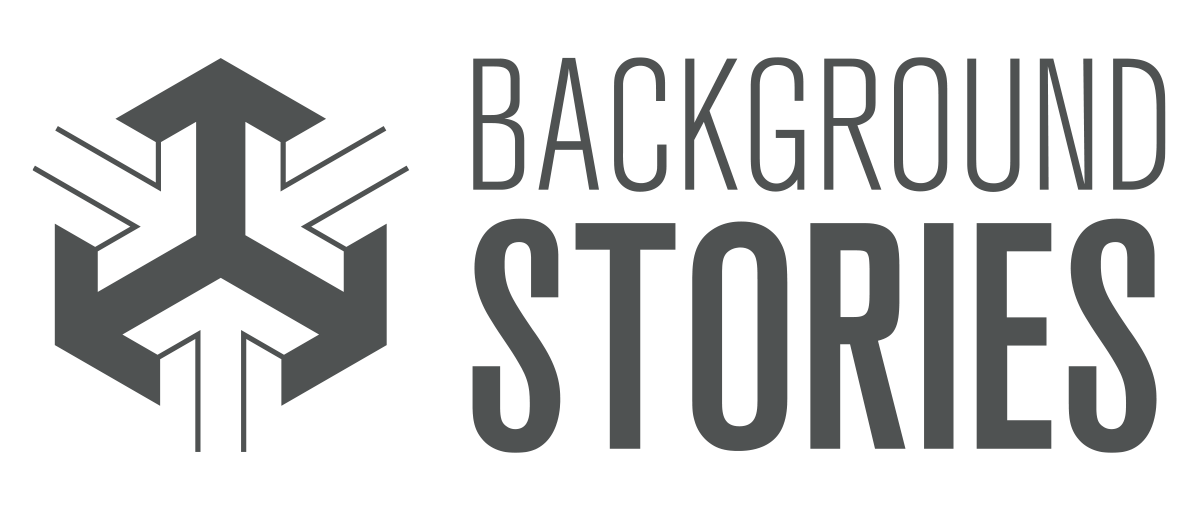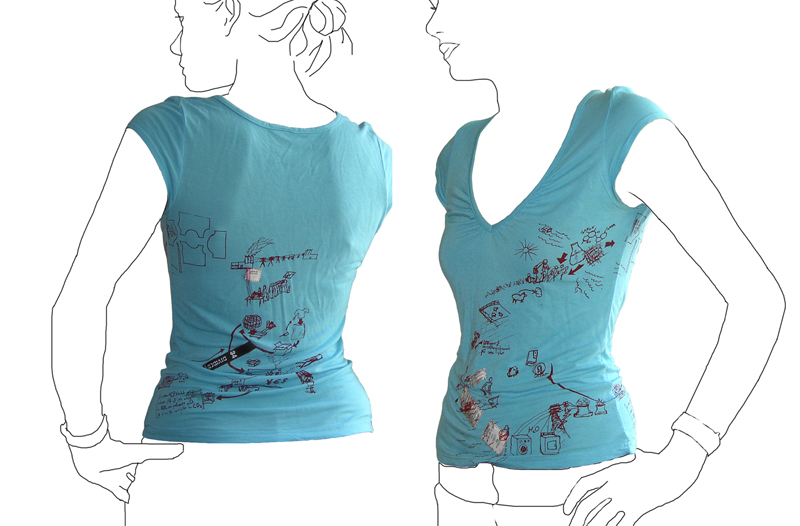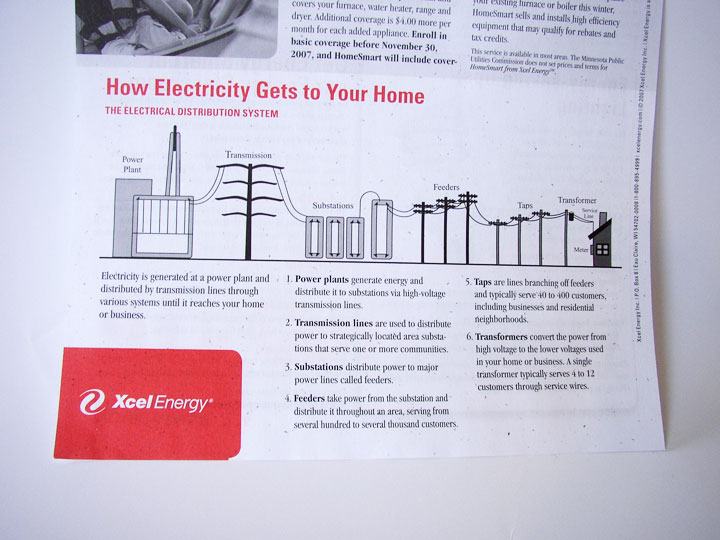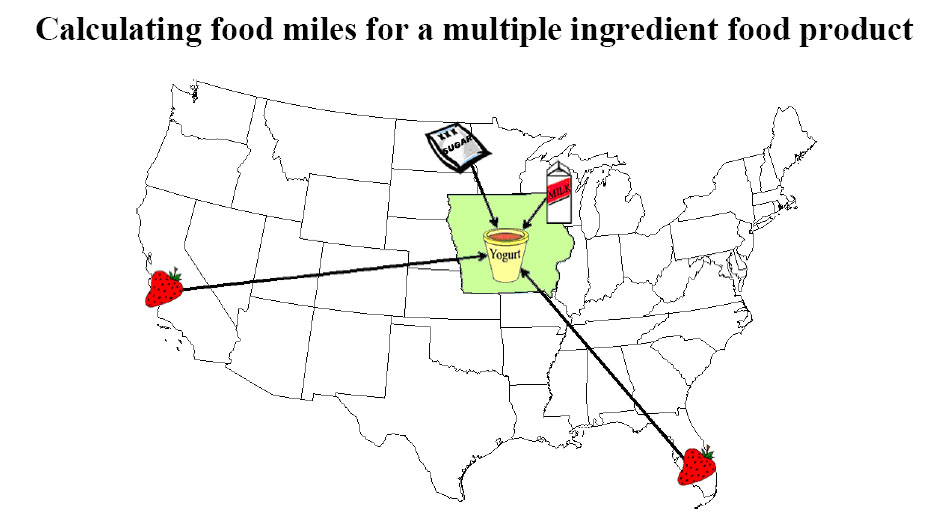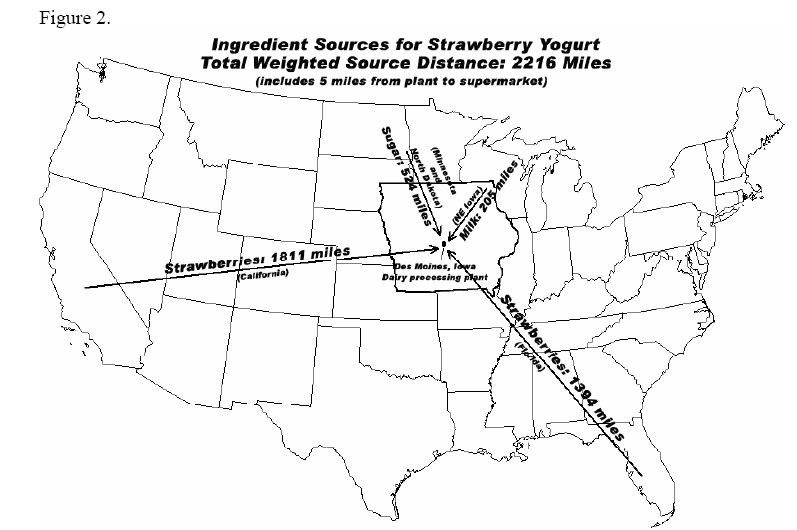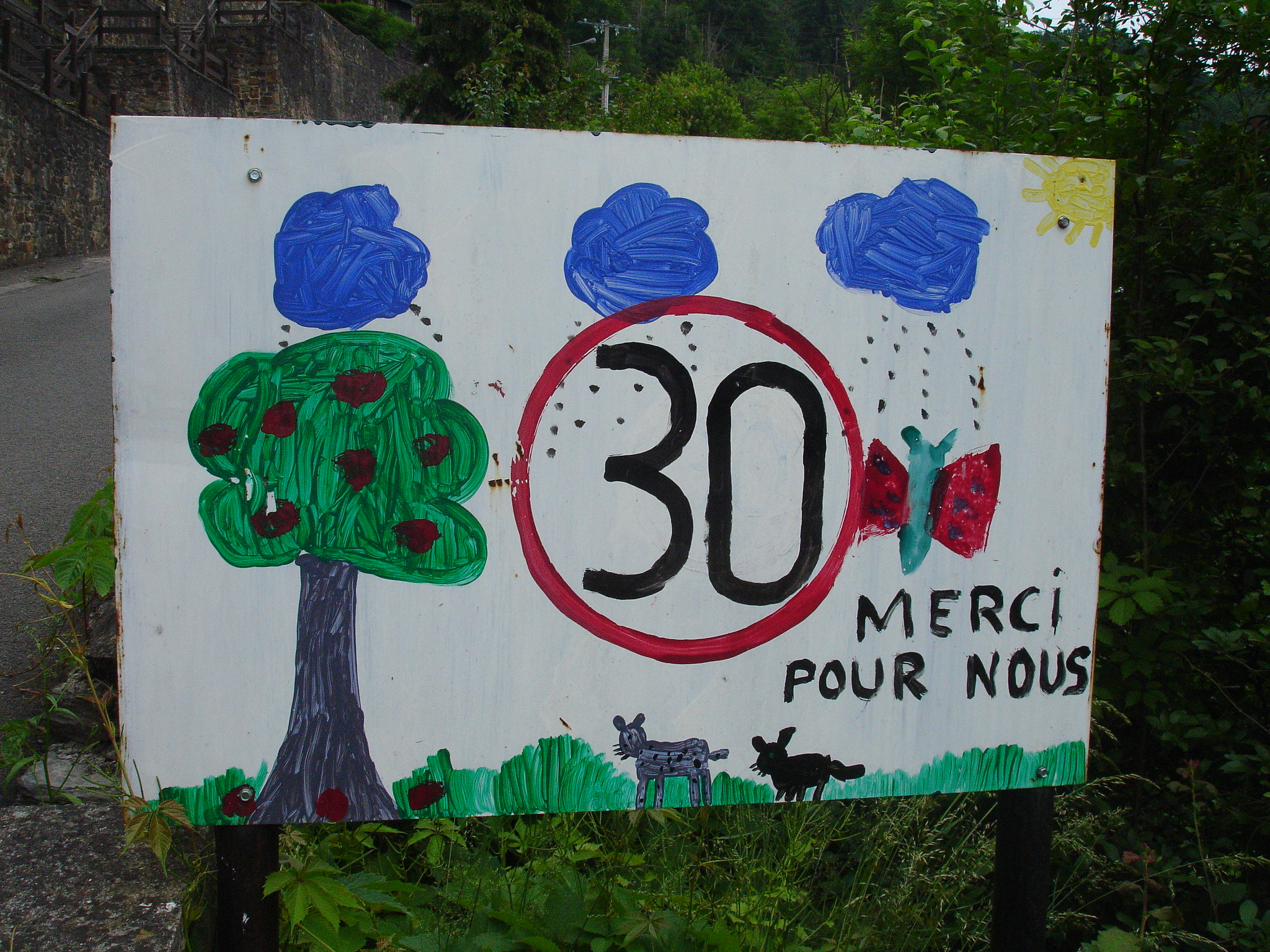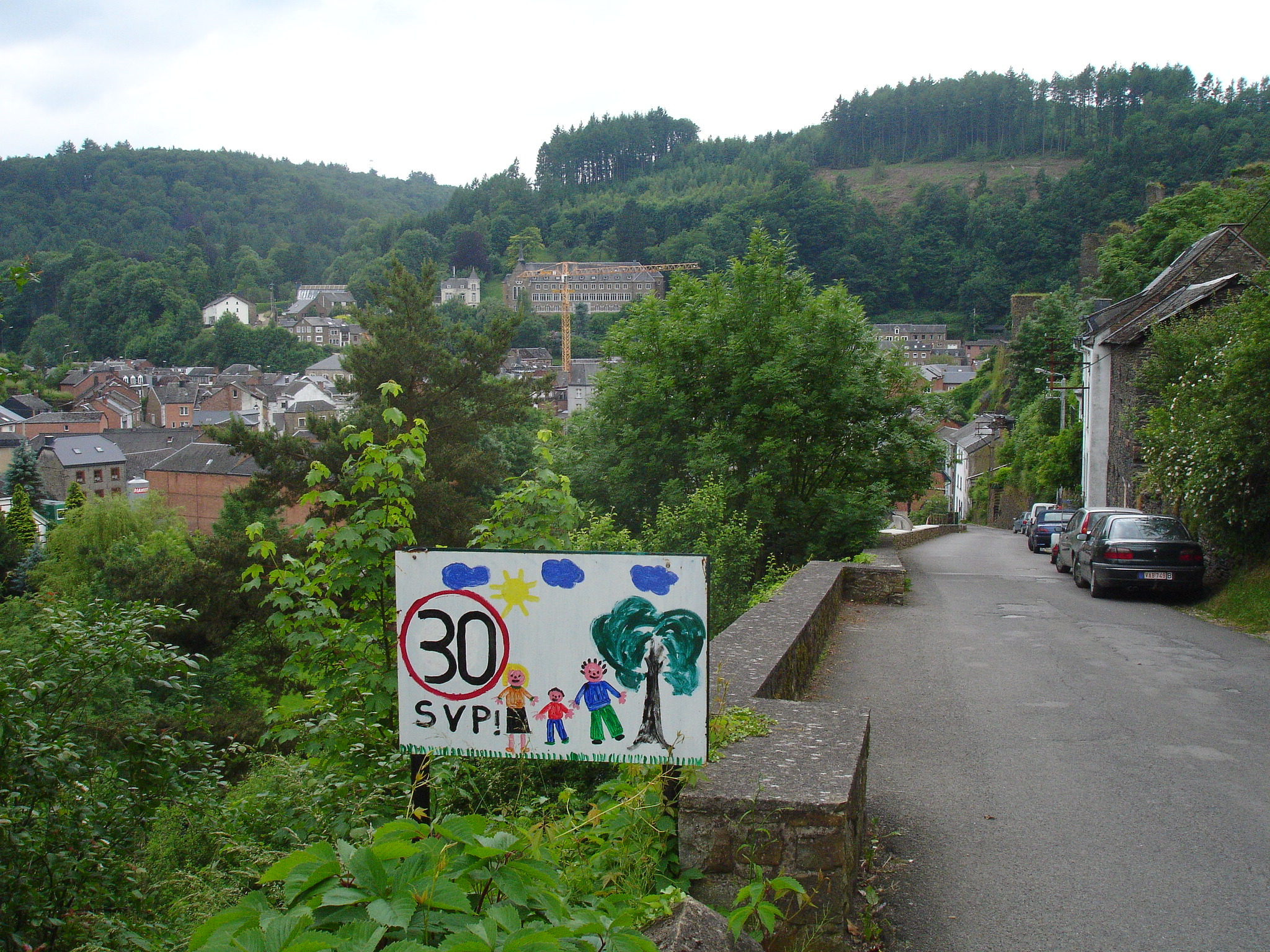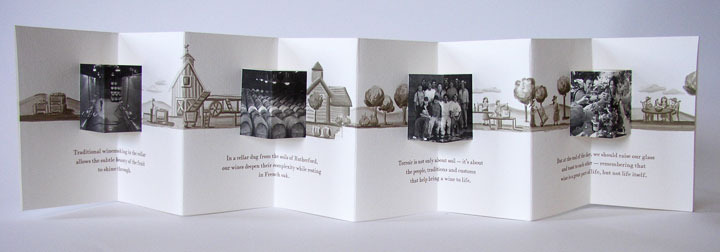For the first time, the prestigious INDEX Design Award has a winner from the field of communication design. ‘PIG 05049’ is a primarily-visual book, designed and conceived by Christien Meindertsma, that traces all the products made from one pig.
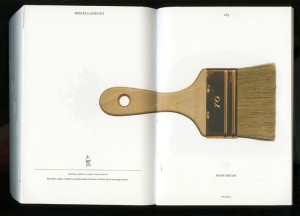
Meindertsma’s intent for the project:
Help people in a highly mechanized and “packaged” world understand how things are made and where they come from so that the resources involved can be cared for by enlightened, informed people.
It’s nice to see the role of communication design to build awareness being recognized within the design community.
Read a previous entry on Meindertsma’s project here.
